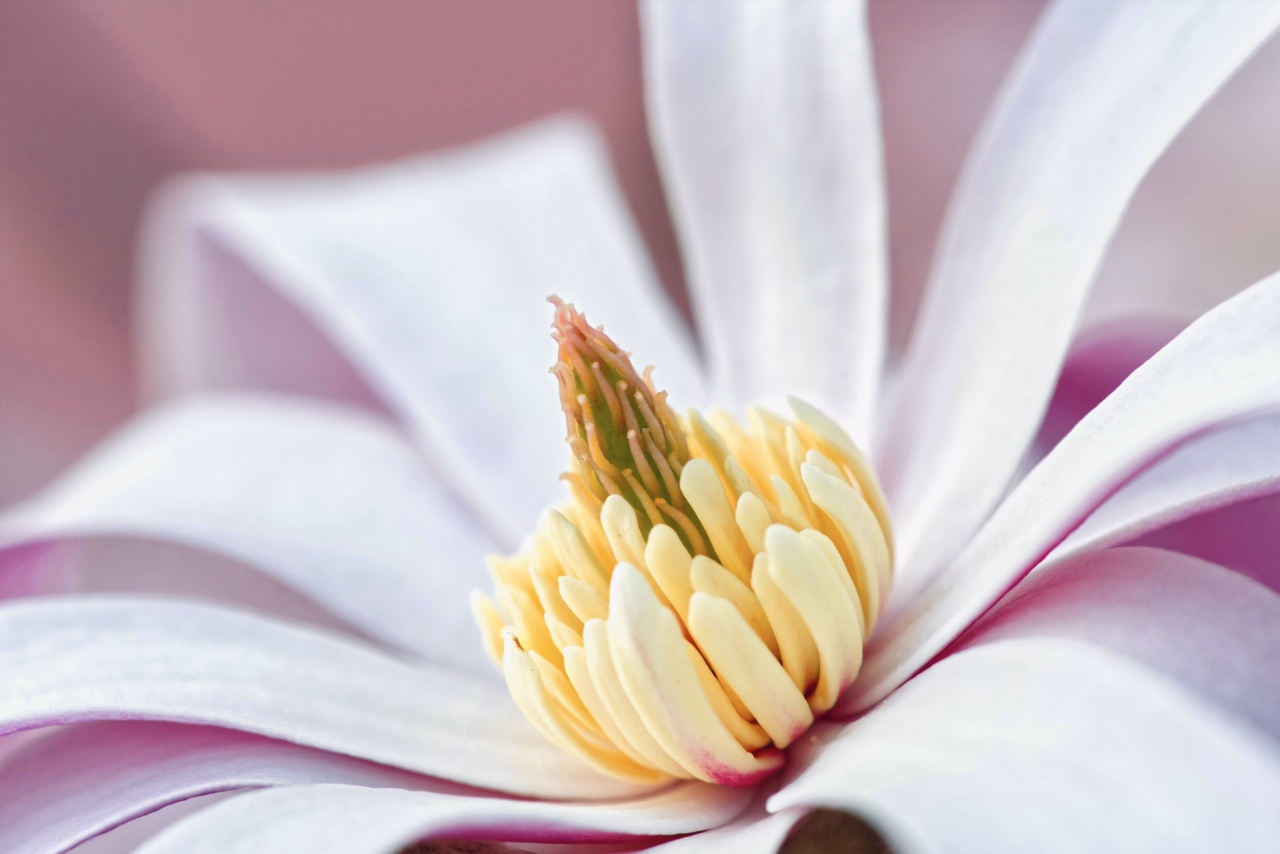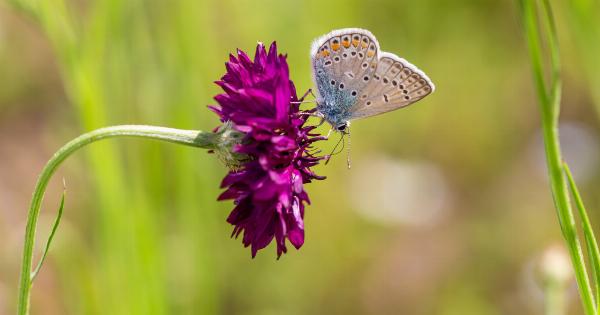Springtime is a beautiful season filled with blooming flowers, chirping birds, and warm sunshine. Unfortunately, for many individuals, spring also brings along allergies.
Allergies occur when our immune system overreacts to harmless substances called allergens. These allergens can be inhaled, ingested or come in contact with our skin, causing a variety of symptoms such as sneezing, itchy eyes, and runny nose.
Common Spring Allergens
During the spring season, various allergens are released into the air that can trigger allergies. Here are some of the most common spring allergens:.
Pollen
Pollen is the most widespread spring allergen. Trees, flowers, and grasses release pollen during the spring season. Pollen grains are exceptionally lightweight and can travel long distances by wind, making it challenging to avoid them.
People who are allergic to pollen may experience symptoms such as sneezing, itching, watery eyes, and runny nose when they come in contact with this allergen.
Grass
Grass is another significant cause of spring allergies. When grass blades emerge from the ground, pollens are released into the air, causing allergy symptoms in many people.
Grass allergies can be more pronounced in warm, humid weather, when the pollen count is high.
Mold Spores
Mold spores are tiny organisms that thrive in moist environments. In the spring season, they can be found in warm and damp areas, such as soil, decaying leaves, and old wood.
When mold spores are airborne, they can cause allergy symptoms in sensitive individuals.
Dust Mites
Dust mites are microscopic creatures that thrive in warm and humid environments. They produce allergens that can trigger allergies in sensitive individuals. Dust mites can be found in bedding, carpets, and upholstered furniture.
People who are allergic to dust mites may experience symptoms such as sneezing, itchy eyes, stuffy nose, and coughing.
Animal Dander
Animal dander refers to tiny flakes of skin shed by animals such as cats, dogs, and horses. When these flakes become airborne, they can cause allergies in people who are sensitive to them.
Managing Spring Allergies
If you are allergic to spring allergens, there are several steps you can take to manage your symptoms. Here are some strategies:.
Avoid Exposure to Allergens
Try to minimize your exposure to allergens by staying indoors on high pollen count days. Keep windows and doors closed to prevent pollen from entering your home.
Avoid mowing the lawn or engaging in other activities that increase your exposure to allergens. Consider wearing a mask when you are outside.
Take Medications
There are many over-the-counter and prescription medications that can help alleviate allergy symptoms. Antihistamines are a common medication that can be used to control symptoms such as sneezing and itching.
Decongestants can be used to relieve nasal congestion. Other drugs, such as corticosteroids, can be used to reduce inflammation in the nasal passages.
Use Nasal Irrigation
Nasal irrigation involves flushing out the nasal passages with a saline solution. This can help remove allergens and reduce inflammation in the sinuses. Nasal irrigation can be performed using a neti pot or a squeeze bottle.
Conclusion
Spring allergies can be challenging to manage, but with the right strategies, you can control your symptoms and enjoy the beauty of the season.
Avoiding exposure to allergens, taking medications, and using nasal irrigation are just a few of the ways to manage your allergies. By learning about the common spring allergens and taking steps to minimize your exposure to them, you can minimize your allergic reactions and enjoy the season.






























